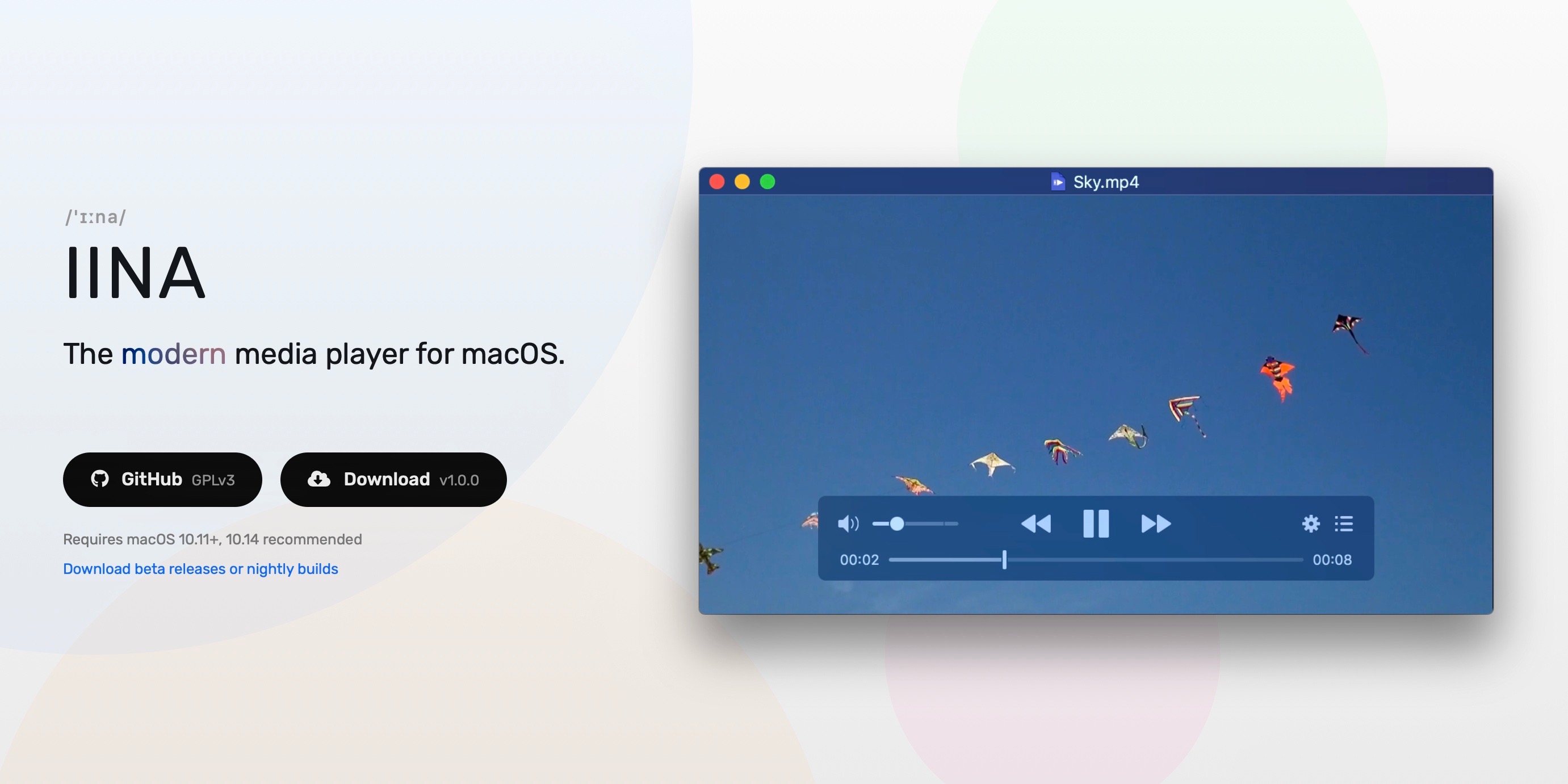- 5Manual installation
- 6Apple M1 (Apple Silicon, ARM64) systems
- 9Transcoding with SVPcode
VLC 3.0.12 is now out! Support for Apple Silicon (Mac M1) and Big Sur, improvements for DASH, RIST, Bluray support, fixes for macOS audio, Windows GPU, crashes and security issues.https://t.co. Devices and Mac OS X version. VLC media player requires Mac OS X 10.7.5 or later. It runs on any Mac with a 64-bit Intel processor or an Apple Silicon chip. Previous devices are supported by older releases. Note that the first generation of Intel-based Macs equipped with Core Solo or Core Duo processors is no longer supported. VLC for M1 Mac update is now available for all users by Imran Hussain Jan 19, 2021 VLC, the popular open-source media player, has received an update that brings native support for Apple Silicon M1. Devices and Mac OS X version VLC media player requires Mac OS X 10.7.5 or later. Then after completing all the steps, the VLC media player will then completely be installed on your Mac. And with that, you will be able to play MKV on Mac using this player. And in order for you to do, all you have to do is to right-click on the MKV format video and then choose “Open with”. Then from there, just go ahead and choose the VLC.
To minimize installation problems please consider using at least macOS 10.14.6!
Compatible video players
- mpv 0.17 or later with Vapoursynth support
- Plex Media Player - requires libmpv built with Vapoursynth support
- IINA - requires libmpv built with Vapoursynth support
- VLC 2.2 or later
Installation
- Mount SVP 4 Mac DMG image
- Move 'SVP 4 Mac' icon into Applications
- Control key + double-click on Install mpv.command script to install all the stuff listed below and write default mpv.conf.
Note: you DON'T need to run this on every SVP update.
Updating
Updating SVP app:
- Download an updated DMG package
- Mount it and replace SVP 4 Mac.app in Applications
- That's it! You DON'T need to run Install mpv.command when updating SVP!

M1 Imac
Updating mpv to the newer version: open Terminal and type
Uninstall
To remove SVP simply delete the SVP 4 Mac.app from Applications.
Additionally if you want to remove all the Homebrew packages including mpv video player run this command from the Terminal:
Note that it will remove EVERYTHING from Homebrew, not only mpv dependencies.
Manual installation
- Take OS X 10.11 'El Capitan' or later, preferably 10.14.6 'Mojave' or later.
- Install Homebrew:
Note that on Apple M1 systems this will install native ARM binaries into /opt/homebrew. You can either add /opt/homebrew/bin/ to your PATH, or call '/opt/homebrew/bin/brew' instead of simple 'brew' in the following commands.
- 10.11, 10.12 only: install Java:
- Install mpv (this will also automatically install Vapoursynth) (DO NOT install it via 'brew install --cask mpv' !):
Note: this step is essential even if you don't want to use mpv at all.
- It's recommended to install Intel Power Gadget for the SVP to be able to show real CPU frequency in the Performance Monitor.
Error: Xcode alone is not sufficient
In some cases Homebrew may ask for the additional command line tools installation. Type
and in the window opened press Install button.
Error: mpv can't start with 'Library not loaded: @rpath/libswiftAppKit.dylib'
macOS 10.14: install Swift 5 Runtime Support for Command Line Tools package: download
Apple M1 (Apple Silicon, ARM64) systems
SVP 4.5.205 and later supports both x86 (Intel) and native ARM video players. Native SVPflow libraries + mpv give ~50% performance improvement over x86 versions running via Rosetta 2.
Homebrew will install native ARM binaries in /opt/homebrew. Still you can install x86 binaries side-by-side in case you have any problem with the native ones.

Tell SVP which version to use
Open Application settings -> All settings, search for player and set main.setup.player to either /usr/local/bin/mpv (default path for x86 build) or /opt/homebrew/bin/mpv (default path for ARM build).
mpv configuration
Just add --input-ipc-server=/tmp/mpvsocket to mpv args (or config file, usually located in ~/.config/mpv/mpv.conf) and SVP should find it.
Vlc M1 Mac Version
Alternatively you can 'open' video file via SVP - it'll launch mpv with the correct argument, assuming that mpv is actually installed either in $PATH or in /usr/local/bin (you can also define the actual path in SVP's settings - see main.setup.player and main.setup.player_args values).
Note: only 'copy-back' hardware video decoders are compatible with Vapoursynth filters, use --hwdec=auto-copy.
Recommended minimal mpv.conf:
VLC configuration
SVP's plugin for VLC replaces the 'deinterlace' filter.

Install SVP's plugin via SVP main menu -> Utilities -> SVP in VLC.Then you'll be able to quickly 'install' and 'uninstall' SVP's plugin.
You must turn on deinterlace in VLC via Video -> Deinterlace -> On to start using SVP's plugin.Alternatively you can turn it on permanently: Tools -> Preferences -> Video -> Deinterlacing = On
Transcoding with SVPcode
Muxing .MKV files
Vlc M1 Mac Free
If the output format after transcoding is Matroska (.MKV) then it's highly recommended to additionally install mkvmerge command line tool (which is part of the MKVToolNix package):
